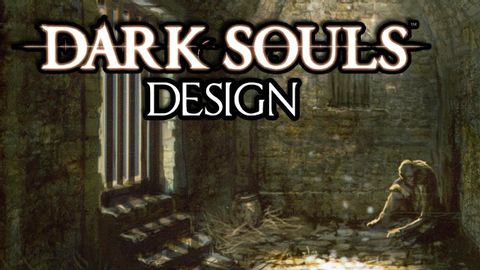黑暗之魂設計--回顧展 (Dark Souls Design - Retrospective)
Shi Hao Huang 發佈於 2021 年 01 月 14 日  沒有此條件下的單字
沒有此條件下的單字US /ɪnˈkrɛdəblɪ/
・
UK /ɪnˈkredəbli/
- adv.令人難以置信的是;難以置信地;非常地;令人難以置信地
US /ˈprɑːpərli/
・
UK /ˈprɔpəlɪ/
US /ˈkɑnˌsɛpt/
・
UK /'kɒnsept/
- v.t.著手對付(或處理);擒抱並摔倒
- n. (c./u.)用具;裝備;繩具;處理,接受挑戰

